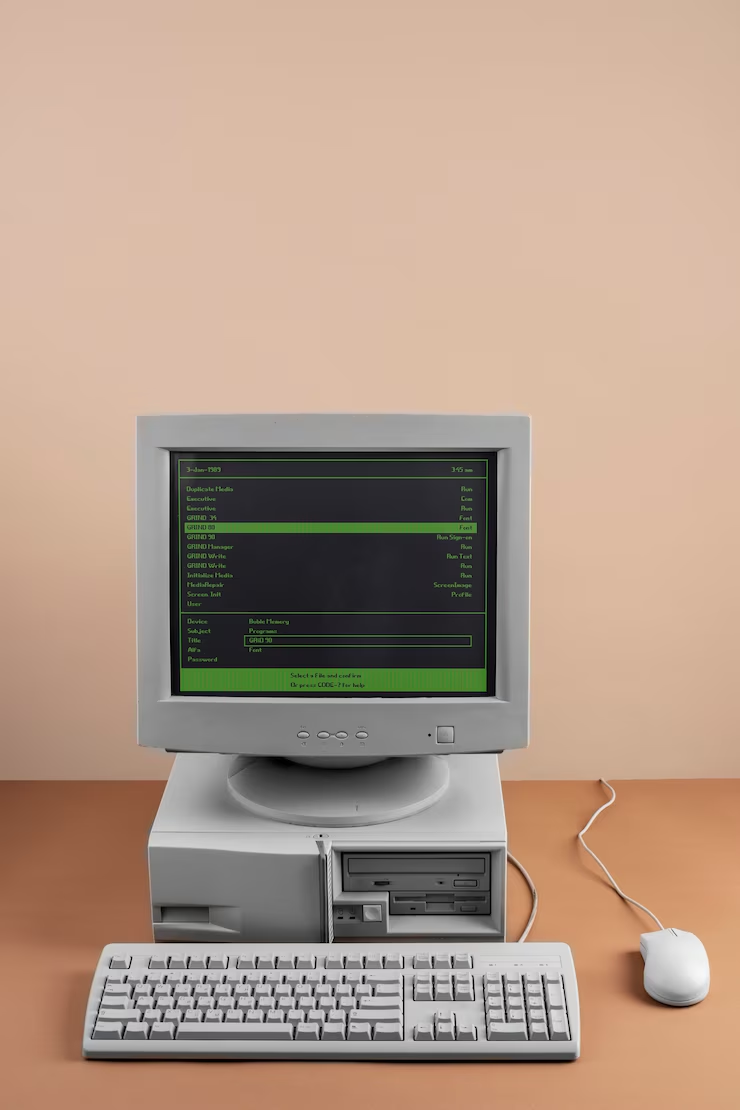Introduction
For technology historians and hardware enthusiasts, the PCHistory.net Intel CPU archive is the most exhaustive public record of Intel’s processor evolution. This treasure trove offers an in-depth look at Intel’s journey, from the early 4004 microprocessor to the latest Raptor Lake processors, providing valuable insights that can’t be found elsewhere. Whether you’re exploring vintage systems or tracking Intel’s cutting-edge innovations, PCHistory.net’s documentation offers a wealth of knowledge that remains unmatched.
This article delves into how PCHistory.net meticulously preserves Intel’s processor legacy, highlighting key milestones, groundbreaking architectural changes, and how the archive benefits engineers, collectors, and enthusiasts today.
Why PCHistory.net’s Intel CPU Records Matter
PCHistory.net’s collection goes far beyond basic technical specifications, providing in-depth resources that include:
- Original engineering documents
- Die shots and packaging photos
- Performance benchmarks using period-accurate software
- Manufacturing process details
- Market context and competitor analysis
This comprehensive information allows us to:
✔ Preserve the history of computing
✔ Inform modern processor design
✔ Guide vintage hardware restoration
✔ Educate the next generation of engineers
Milestones in Intel CPU Evolution Documented on PCHistory.net
1. The Early Years (1970s)
PCHistory.net’s archives focus on Intel’s foundational chips, including:
- 4004 (1971): The world’s first microprocessor
- 8080 (1974): The processor that laid the groundwork for early personal computers
- 8086 (1978): Birth of the x86 architecture, which remains dominant today
Did you know? The 8086 processor originally ran at a speed of just 5 MHz but powered IBM’s first PC, which was revolutionary for its time.
2. The Performance Era (1980s-1990s)
The archives highlight how Intel pushed the boundaries of performance during this time:
- 286 (1982): Introduced protected mode, pushing forward the multitasking capabilities of personal computers.
- 386 (1985): The first 32-bit architecture with much higher performance and efficiency.
- Pentium (1993): Introduced superscalar design, revolutionizing multitasking with its 3.1 million transistors.
3. The Modern Powerhouses (2000s – Present)
Intel’s more recent achievements include:
- Core 2 Duo (2006): Marked Intel’s return to performance leadership with dual-core architecture.
- Nehalem (2008): Introduced an integrated memory controller, offering even greater performance.
- Alder Lake (2021): The first hybrid architecture for Intel, combining high-performance and efficient cores.
Unique Features of PCHistory.net’s Intel CPU Documentation
1. Original Die Photography
The site includes high-resolution microscope images that show transistor layouts, cache structures, and even manufacturing defects in some cases.
2. Performance Comparisons
Using period-accurate applications and operating systems, PCHistory.net conducts detailed benchmarking tests under identical conditions to evaluate performance differences.
3. Engineering Insights
The archive dives deep into Intel’s processor engineering, analyzing factors such as pipeline stages, branch prediction, and power delivery systems.
How Different Groups Use PCHistory.net Intel CPU Data
- For Hardware Collectors:
Verify the authenticity of chips, understand rarity factors, and identify variations in chip steppings. - For Retro Computing Enthusiasts:
Find optimal upgrade paths, troubleshoot compatibility issues, and source period-correct components for vintage systems. - For Computer Science Students:
Study the evolution of processor architecture, explore performance scaling, and understand the legacy of x86 systems.
5 Notable Intel CPU Case Studies
1. The Pentium FDIV Bug (1994)
PCHistory.net offers the most thorough analysis of this infamous $475 million error that nearly destroyed Intel’s reputation.
2. Netburst Architecture (2000-2006)
Detailed documentation on Intel’s thermal issues and how the company eventually moved away from Netburst architecture.
3. Core Architecture Revolution (2006)
This case study discusses how Intel reclaimed the performance crown from AMD with its Core architecture.
4. 10nm Process Delay (2014-2019)
This timeline provides a comprehensive look at Intel’s manufacturing struggles and the delays surrounding its 10nm process.
5. Hybrid Core Innovation (2021+)
Early documentation of Intel’s Alder Lake chips, the company’s first processors with hybrid core architecture.
FAQs About PCHistory.net Intel CPU Archives
1. How complete is the Intel CPU collection?
PCHistory.net covers 95% of desktop and server processors and 80% of mobile chips from 1971 onward.
2. Are original Intel documents included in the archive?
Yes, the collection includes previously confidential whitepapers, technical presentations, and even unreleased design documents.
3. Can I download 3D models of CPUs?
For educational purposes, selected processors offer downloadable CAD models.
4. How often is benchmark data updated?
While legacy benchmarks remain fixed, modern processors are retested annually for accuracy.
5. Does the site accept hardware donations?
Yes, the archive is particularly interested in engineering samples and prototype chips.
Conclusion
PCHistory.net’s Intel CPU archive is an invaluable resource for understanding the history of processors that have shaped modern computing. It provides not only technical specifications but also a deeper look into the engineering breakthroughs, failures, and the competitive context surrounding Intel’s innovations.
Whether you’re a hardware historian, a current engineer, or a technology enthusiast, PCHistory.net offers unique insights into the processors that power the digital world, preserving a wealth of knowledge that would otherwise be lost.




